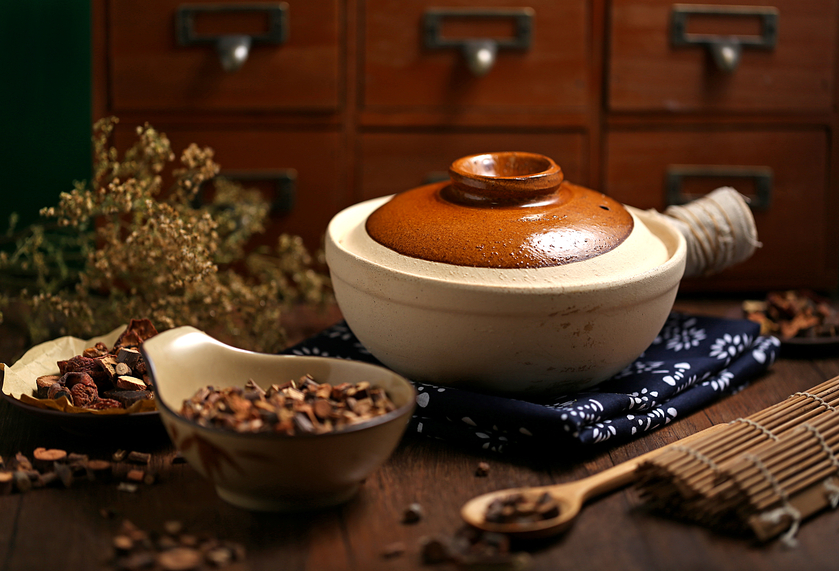Herbal Supplementation with Rhizoma Coptidis and its Influence on the Diabetic Condition
Chronic disorders pertaining to the metabolic syndrome top the list of causes of death in America as well as other countries. Diabetes Mellitus is an extremely prevalent subset of the metabolic syndrome where individuals are not able to process glucose in the blood due to a deficiency of pancreatic insulin, or because of defective insulin receptors, which ultimately leads to heightened blood glucose levels. Type 2 diabetes composes an overwhelming majority of diabetic cases, with etiologic factors including genetic predisposition, family medical history, poor diet, lack of physical activity, and many clinical signs associated with obesity such as hypertension and cardiovascular injuries. Ranking seventh among the leading causes of death in the world, diabetes provides many negative implications for individual health through kidney complications, limb amputations, and blood sugar fluctuations, as well as a major societal and economic burden. Treatment for type 2 diabetes includes lifestyle alterations through nutrition and physical activity paired with insulin treatment and hypoglycemic prescriptions. Though large strides have been made in the management of diabetic blood sugar levels, these treatments come with a slew of negative side effects including depleted bone mass, weight gain, and developed cardiovascular disparities.
Traditional Chinese medicine characterizes type 2 diabetes as “Xiaokezheng,” a disorder portrayed with excess liquid and food intake, disproportionate urination, and weight loss1. Treatment for this imbalance in the body focuses on fostering the production of fluids within the body and normalizing yin levels. The intention to treat with herbal supplementation resides in its holistic approach to providing multi-therapy components without the harmful side effects that come with many manufactured drug treatments. Supplementation with a Chinese herb has the potential to enact a network of therapies on alternative adverse conditions relating to insulin and carbohydrate pathways.
A review summarized in Chinese hospitals and universities proposed Rhizoma coptidis (Huang Lian or RC) for the holistic treatment of type 2 diabetes and its negative symptoms. This bitter root has been utilized in Chinese medicine since the Ming and Qing dynasties to treat a variety of illnesses. A multitude of studies have labeled its most prominent benefits as blood sugar reduction, lipid reduction, blood pressure lowering, anti-inflammation, and antioxidant capabilities by branching out to the circulatory, gastrointestinal, and cardiovascular systems. Through Chinese medical practices, this herb notably eliminates toxins within the body and clears internal dampness and fire caused by blood sugar imbalances and fluid retention. Administration of this root includes honey pills, wax gourd processing, and steaming1.
Composed primarily of a variety of alkaloids, RC operates to reduce blood sugar levels by refining insulin usage and sensitivity with amplified insulin and intestinal protein production. Additionally, this herb has been shown to manifest antioxidant activities and moderate lipids levels, as well as improve microbial composition of the gut. Studies conducted against the premise of high fat diets found RC capable of depleting blood lipid levels in mice subjects, indicating its multistage therapy against metabolic disorders. Within the pancreas, another study found that RC administration prevented cellular rupturing and subsequent cellular death, which relates to type 1 diabetic treatment.
Clinical applicability of this therapy was assessed in several trial investigations. Insulin performance in controlling blood sugar levels was significantly improved with RC exposure, and BMI was also improved in many of the patients. Safety precautions were also studied for clinical application, and a dosage range of 15-45 grams was established. The culmination of these research investigations into a summarizing review highlighted the wealth of knowledge on the treatment capabilities of Rhizoma coptidis with type 2 diabetes and related metabolic syndromes, yet further clarification in the presence of limitations and safety necessitates the need for supplementary investigation.
Reference—
Bing Pang, Xiao-Tong Yu, Qiang Zhou, et al., “Effect of Rhizoma coptidis (Huang Lian) on Treating Diabetes Mellitus,” Evidence-Based Complementary and Alternative Medicine, vol. 2015, Article ID 921416, 10 pages, 2015. doi:10.1155/2015/921416



